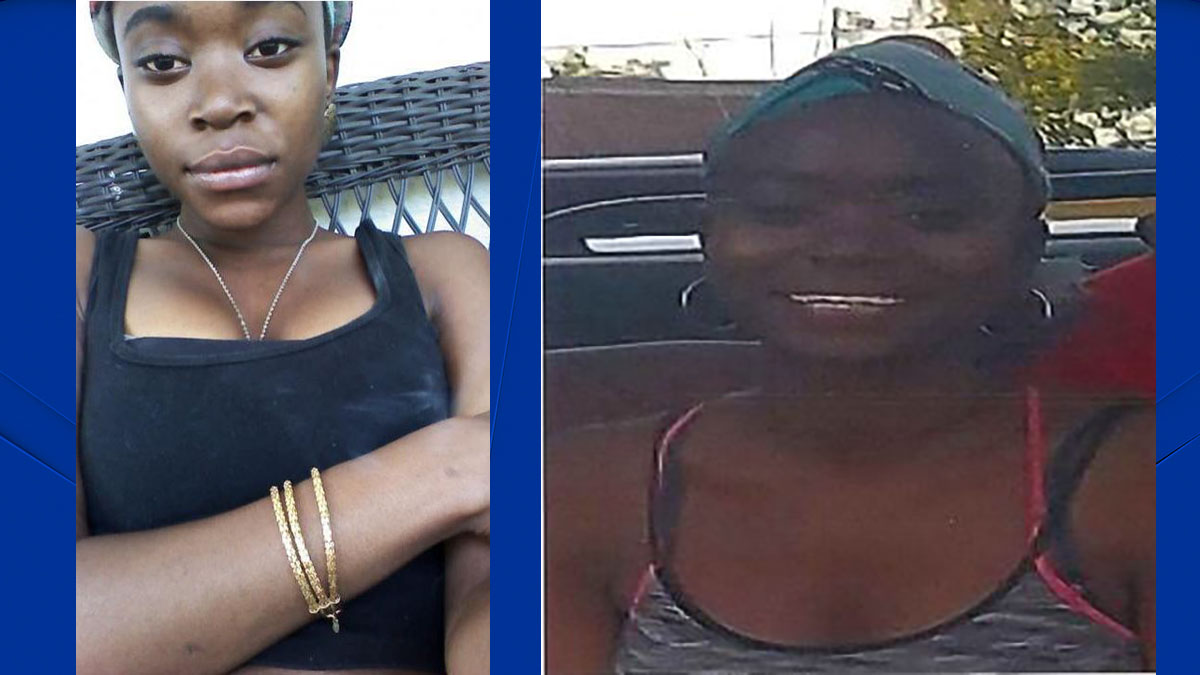The city Department of Investigation said Tuesday that it found significant flaws in the FDNY's ambulance dispatch systems while probing the emergency response to a Queens fire earlier this year that killed two 4-year-old children.
Investigators said they didn't find any evidence of criminal wrongdoing in the city's response to the April fire in Far Rockaway but determined that the FDNY's dispatch systems are "unduly complicated and unacceptably flawed" to the point that they delayed medical assistance to half-siblings Jai'Launi and Ayini Tinglin, both of whom died of smoke inhalation in the blaze.
"DOI’s investigation exposed an antiquated, unwieldy system for dispatching ambulances to the scene of an active fire that substantially increases the opportunity for human error," said DOI commissioner Mark Peters. "We must start to overhaul this process immediately. The Fire Department, at DOI’s urging, has taken positive first steps by implementing preliminary remedies to streamline the process, but it must continue to pursue more advanced solutions."
Firefighters arrived at the blaze that began in the basement of a home on Bay 30th Street at about 11:57 p.m. April 19 and pulled the unconscious siblings out of the home within moments. EMS wasn't notified for nearly seven minutes, however, and didn't get its first call until 12:04 a.m., 13 minutes after the initial 911 call.
An ambulance got on scene about 21 minutes after the initial call and the 4-year-olds were pronounced dead at an area hospital, the city's report found.
DOI said two dispatchers were not at their screens just before the call, adding that their supervisor "failed to ensure proper coverage" and failed to supervise the response. It also said that the problems led one dispatcher to think another had told EMS to send an ambulance, even though one had never been sent to the scene.
Three dispatchers and one supervisor were suspended for 30 days without pay following the fatal fire. They were later put on modified duty and continue to do administrative work, the FDNY said.
The investigation also revealed that, generally, the FDNY's ambulance dispatch systems requires too many steps and increases the chance for human error. It also determined that the FDNY's dispatch systems do not allow firefighters and EMS workers to share important information, such as the borough where a fire is ablaze.
DOI recommended that dispatchers work to bring EMS in the loop more quickly and that supervisors keep a closer eye on dispatchers to make sure the lines are manned and employees aren't distracted during their shifts.
Local
Investigators said they told the FDNY to find a short-term fix to link its fire and EMS dispatch systems more closely while the city works on overhauling its emergency systems.
DOI said the FDNY's current stopgap, which has a dispatcher manually enter information regarding active fires from faxes sent by firefighters, is better than the department's measures before the fire but more should be done.
FDNY Commissioner Daniel Nigro said his department has already implemented some changes after the fire.
“Our goal is to do the best job possible on every emergency call we handle and that’s the standard I expect of everyone involved – including our dispatchers,” Nigro said. “We’ve implemented several procedural changes and are investing in technology to make certain that there’s no delay sending ambulances to fires.”



